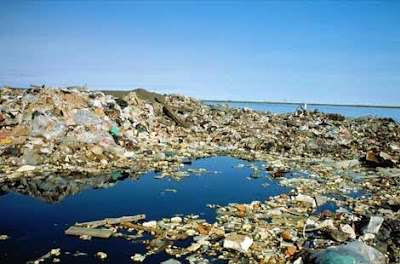In a lecture today at UW I became more aware of how the US Government has created a situation where Native Americans, the people who inhabited this land first, now are losing their food security.
As a partial (I mean very very partial 1/32nd) Native American, this is a very frustrating thought. Not only are the Native Americans very environmentally friendly, aware of their impact on Mother Earth, and less focused on increasing their pocket books, but most importantly they are not as overcome by the need to 'dominate' nature. Why does our government and modern Americans feel the need to dominate nature, behave un-sustainably, and not worry about how our action effect the environment. Not only the environment, but our behavior has a direct impact on the aboriginals of the North America.
This issues has to do with environmental justice and food security. I will briefly touch on the EJ side of things and will focus on how our habits are slowly destroying the food security that the Native Americans had with their original culture.
 |
The Native American Chinook Tribes relied heavily on fishing in their diet and as a part of their spiritual being. |
Food Security
Currently, the US government uses many areas of land that were previously inhabited by the Native Americans to control Mother Earth. This includes the topics covered in class today and many more.
Building dams can destroy salmon breeding grounds, make gathering food (Fish) hard, submerge food and medicine gathering grounds, and can force the native dwellers to relocate. Also, with these dams polluted sediment that usually may flow down stream can now settle in the dammed areas and can cause health problems in the people living off of the fish who habitat the area. How else will they easily gather fish to practice the life style that their ancestors have been practicing for years?
Also, using the forests to breed certain types of trees destroys the natural variety that usually grows in locations. This also can cause certain plants to take over their unnatural areas (scotch broom) which destroys the environment of the natural habitat. This makes gathering the necessary food, medicine, and material extremely hard. This again is another great example of how our government is making living a traditional Native American lifestyle hard to do.
The people now inhabiting the United States are not aware of the immediate effect that their actions have on the people who originally lived on the land they now call home.
Environmental Justice
This is yet again, a cookie cutter case of EinJ. Taking land from minorities (the Native Americans) and using it to put more money in the pocket on the government. Also, not including the opinions of the Native Americans when they build dams, populate forests for money, and relocate them away from their home, the US government continues to act unjustly to the people that were here from the beginning.
How does this make you feel? What do you think can be done? What can each of us do in our day to day lives to help minimize our damage?
-Marshelle


















